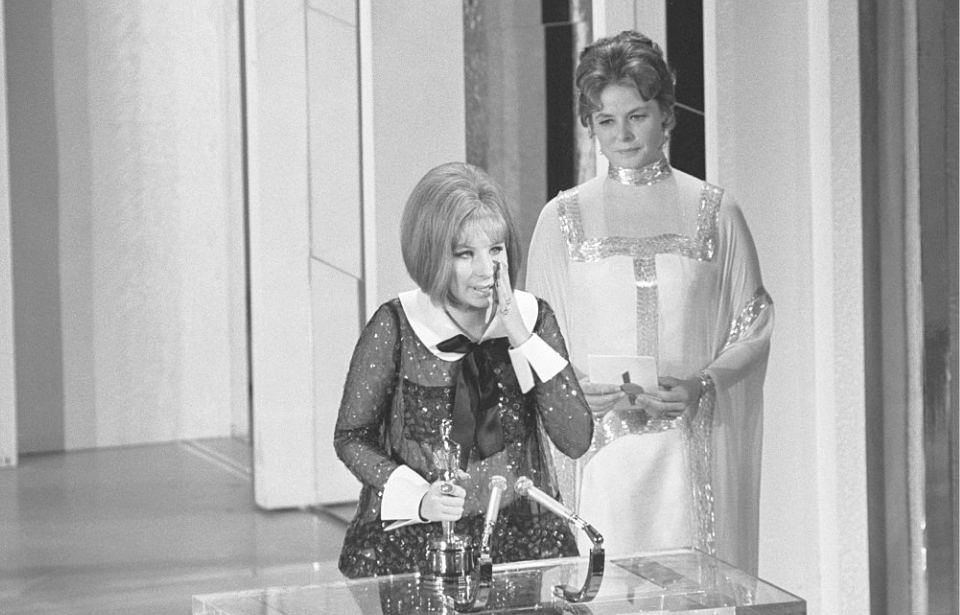Awards show season is just around the corner, and we thought we would celebrate this glamorous time by looking at some behind-the-scenes drama that happened at vintage award shows. Trust us when we say not everything is as it seems at these shows!
1. Hattie McDaniel won Best Supporting Actress but was nearly not allowed at the ceremony
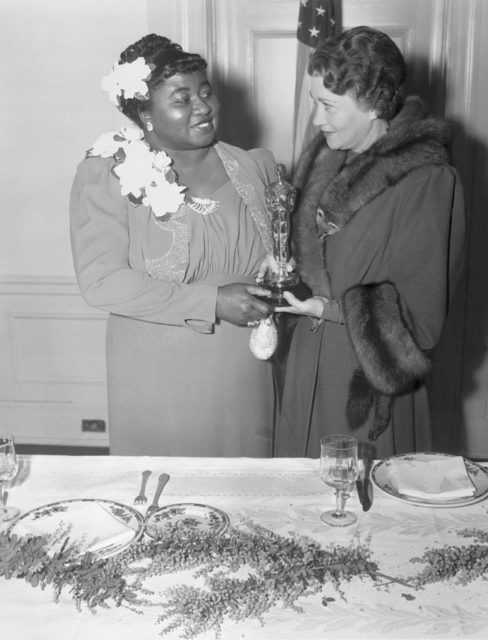
In 1940, actress Hattie McDaniel won the Academy Award for Best Supporting Actress for her role as Mammy in Gone With The Wind. McDaniel was the first Black actor to be nominated and win an Oscar.
The 1940 Academy Awards took place at the Coconut Grove Restaurant of the Ambassador Hotel in Los Angeles. In 1940, Ambassador Hotel still had a strict ‘no black’ policy, and McDaniel was only permitted to attend the ceremony after Gone With The Wind director David O. Selznick called in a special favor.
Even though McDaniel was allowed to attend the 12th Academy Awards ceremony, she was seated at a small table against a far wall of the restaurant, far away from her Gone With The Wind costars. Nonetheless, McDaniel broke the color barrier for Black actors and actresses everywhere with her monumental win at the 1940 Academy Awards.
2. Marlon Brando declines Best Actor Award
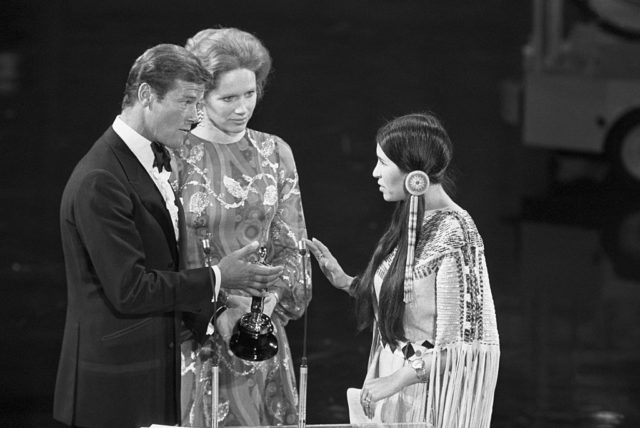
On March 27, 1973, 26-year-old Sacheen Littlefeather took the stage at the 45th Academy Awards to decline the Best Actor Award on behalf of Marlon Brando. Brando, who won the Best Actor award for his work in The Godfather, sent Littlefeather in his place to decline the award due to the poor treatment of Native Americans in the film industry.
When presenter Roger Moore tried to hand Littlefeather the Academy Award, she held her hand out to push the award away. She was met with a mixture of boos and applause. Littlefeather later recalled actor John Wayne standing in the wings during her speech. She remembered, “during my speech, he was coming towards me to forcibly take me off the stage, and he had to be restrained by six security men to prevent him from doing so.”
Littlefeather also later noted that once she got off the stage, people made stereotypical Native American war cries and mimed chopping with a tomahawk.
3. Bad blood between Julie Andrews and Audrey Hepburn?
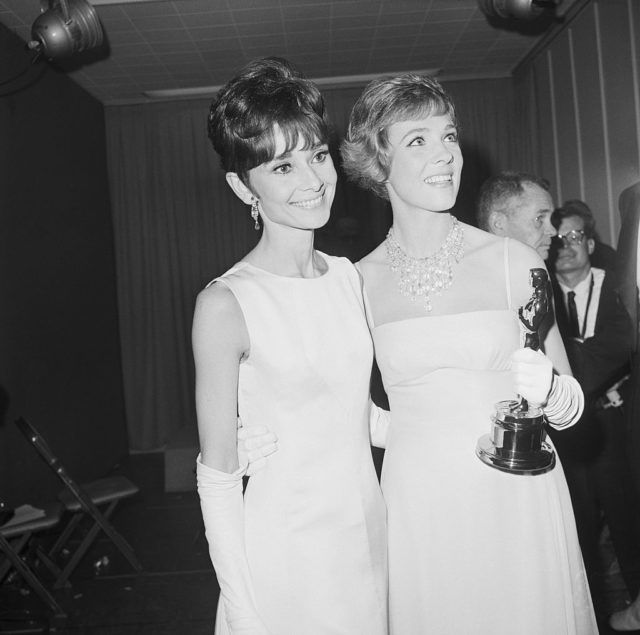
At one point, two of the most iconic actresses of all time were pitted against each other. Actress Julie Andrews originally played Eliza Doolittle on Broadway, but when it came time to make the film adaption of the My Fair Lady musical, Andrews wasn’t picked to play Eliza Doolittle. Instead, actress Audrey Hepburn starred as Eliza Doolittle in the 1964 movie adaption of the hit musical.
At the 1965 Academy Awards, Julie Andrews was nominated (and eventually won) the Best Actress Award for her role in Mary Poppins, while Audrey Hepburn did not receive any nominations for My Fair Lady. At the time, there were rumors that the Academy had voted for Andrews over Hepburn because Julie Andrews had lost out on the role of Eliza Doolittle.
Despite the media trying to make it seem that the starlets were feuding, there was never any bad blood between them. In fact, Audrey Hepburn and Julie Andrews went on to be lifelong friends. At the 1965 Academy Awards, Hepburn said, “Julie, you should have done it but I didn’t have to guts to turn it down.” According to Andrews, “we were friends from then on.”
4. Orson Welles being booed at the Oscar ceremony
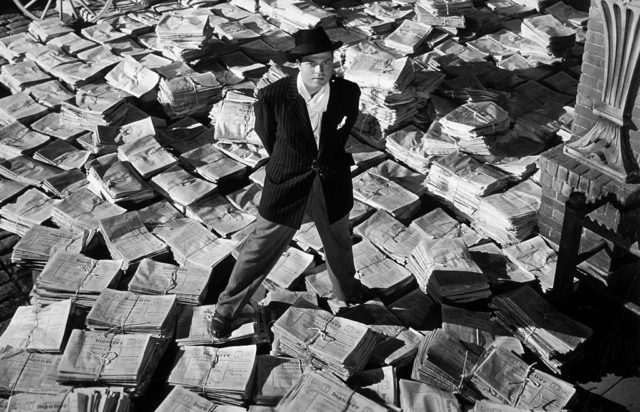
Despite initially being a box-office bomb, Citizen Kane was nominated for nine Academy Awards, including best picture. However, Orson Welles based Citizen Kane off the life of publishing tycoon William Randolph Hearst Sr. The movie didn’t present Hearst in a very positive light, and as such, Welles made a powerful enemy who ensured Citizen Kane bombed at the box office.
Citizen Kane and Orson Welles were booed by the audience every time they were mentioned at the 1942 Academy Awards. Orson Welles walked away with only one Academy Award win for his work on Citizen Kane for best screenplay. He shared this win with Herman J. Mankiewicz. Reportedly, the only reason behind this win was because the Academy wanted to show respect to Mankiewicz.
5. Did someone read the wrong name at the 1993 Academy Awards?
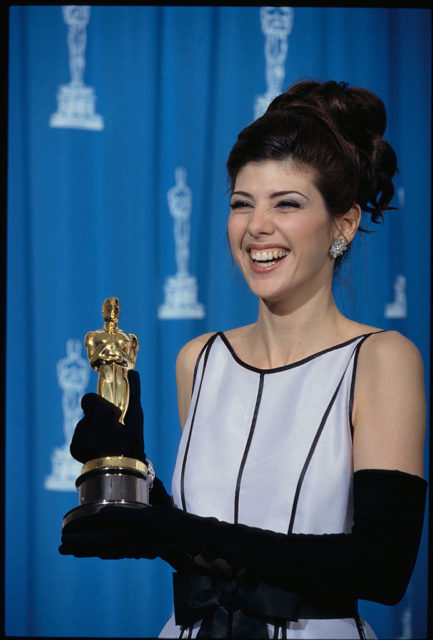
Being a presenter or host at a big awards show can’t be an easy job. I mean, who could forget Steve Harvey mixing up Miss Universe winners in 2015? A similar rumor circulated after the 1993 Academy Awards when actress Marisa Tomei won the Best Supporting Actress award. People were so shocked at this win that they assumed Oscar presenter Jack Palance read the wrong name by mistake.
To understand this cruel rumor, we have to understand some context. Marisa Tomei was a relatively new actress in Hollywood. She was nominated for Best Supporting Actress for her role as Mona Lisa Vito in the movie My Cousin Vinny. Although she did a great job in that movie, no one expected her to walk away with the win, especially because she was up against seasoned vets, including actresses Joan Plowright and Vanessa Redgrave.
As we now know, Tomei did walk away with the Best Supporting Actress Academy Award. Shortly after this win, rumors began circulating that the real winner was supposed to be Vanessa Redgrave, and presenter Jack Palance had called the wrong name because either he was able to unread to card inside the envelope, or was too intoxicated to announce the winner properly. However, this rumor proved to be untrue, and in the end, Marisa Tomei was always meant to be the winner.
6. A tie for Best Actress?
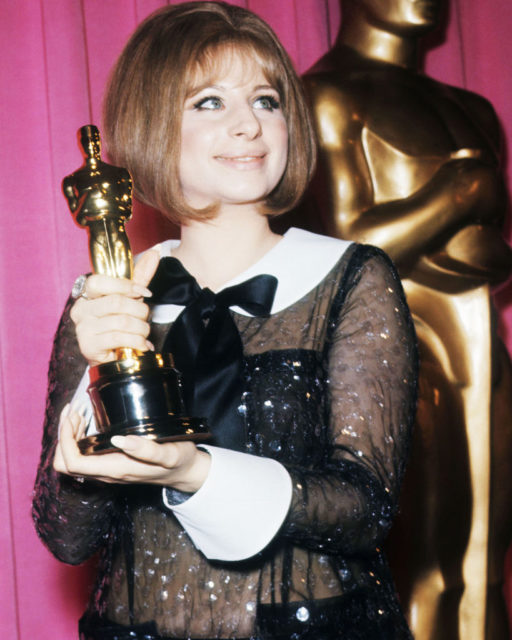
Sometimes it’s nice having ties – that means everyone wins! When it comes to the Academy Awards, however, a tie sort of defeats the purpose. Yet, a tie is precisely what happened at the 41st Academy Awards in 1969.
The 1969 Academy Awards were the first time the Oscar ceremony was televised worldwide, meaning lots of people had tuned in for the event. Actress Ingrid Bergman exclaimed, “it’s a tie” as she opened the envelope for the Best Actress Award. The award went to Katharine Hepburn for her role as Eleanor of Aquitaine in the Lion and the Winter and to Barbra Streisand for her portrayal of Fanny Brice in Funny Girl.
More from us: 5 Ferocious Hollywood Feuds that have Achieved Mythical Status
Both Hepburn and Streisand received 3,030 votes each. However, Hepburn didn’t attend the awards ceremony so no one could take away from Streisand’s first Academy Award win. So far, this is the only tie for the Best Actress Award.
